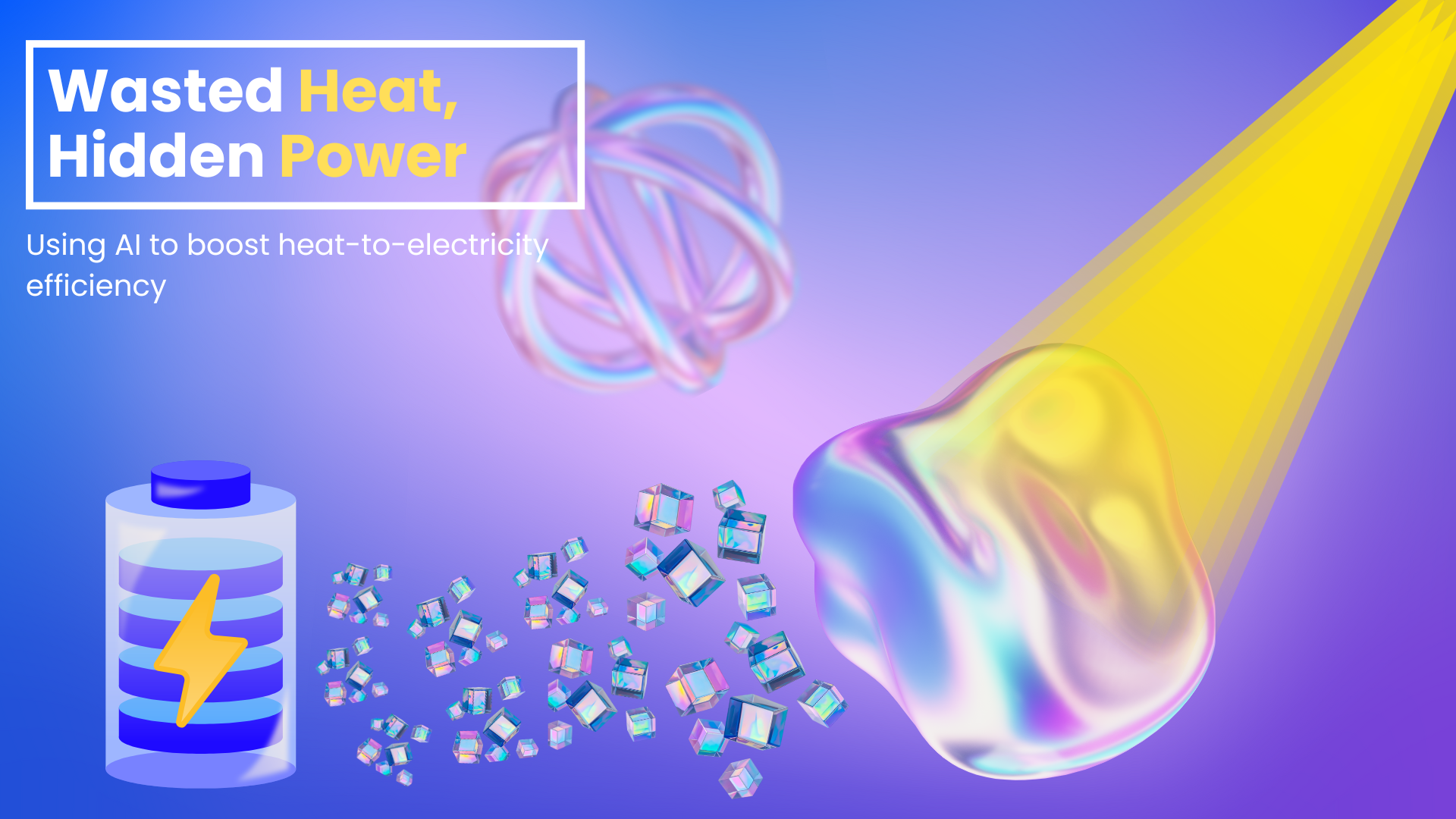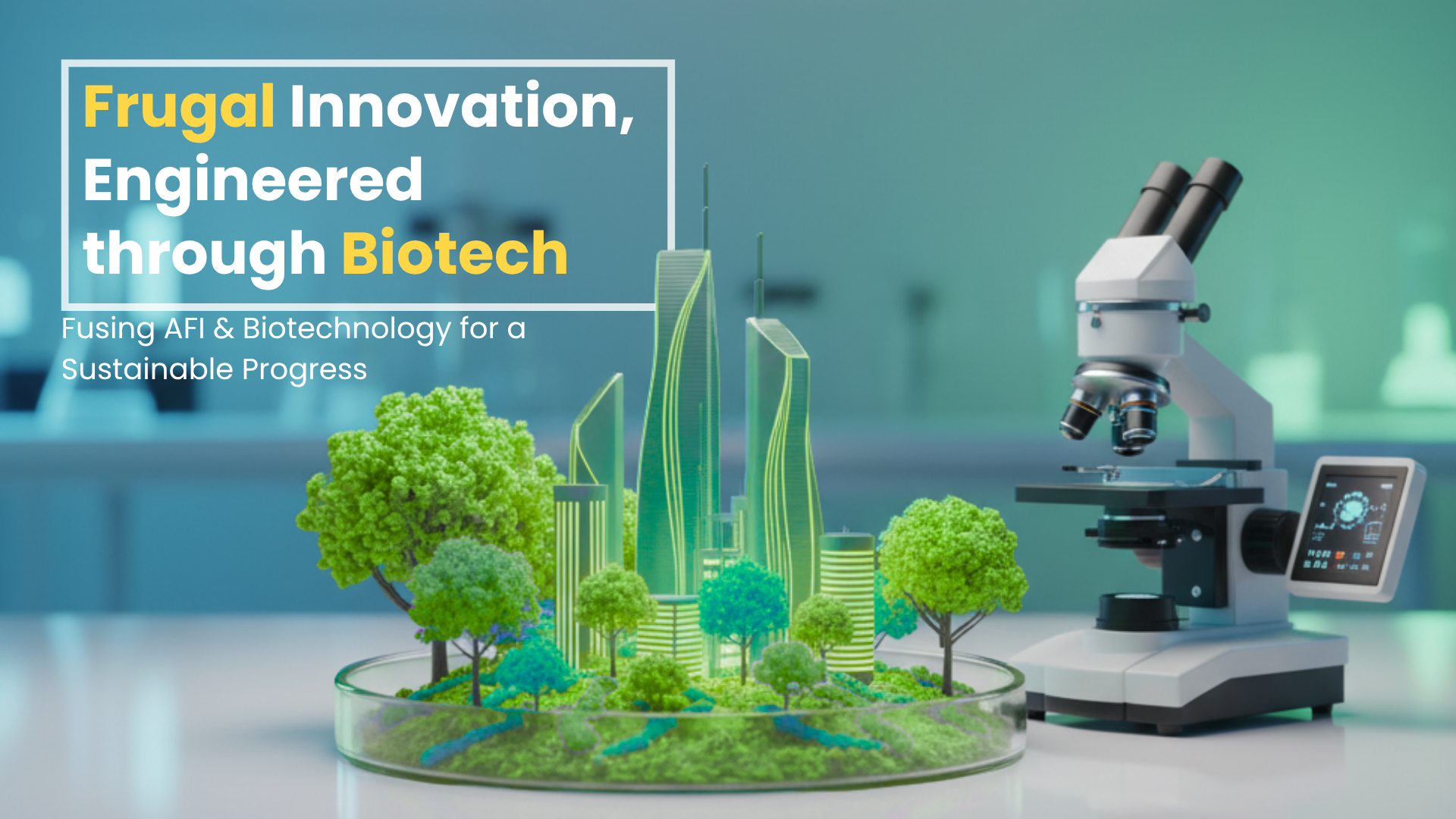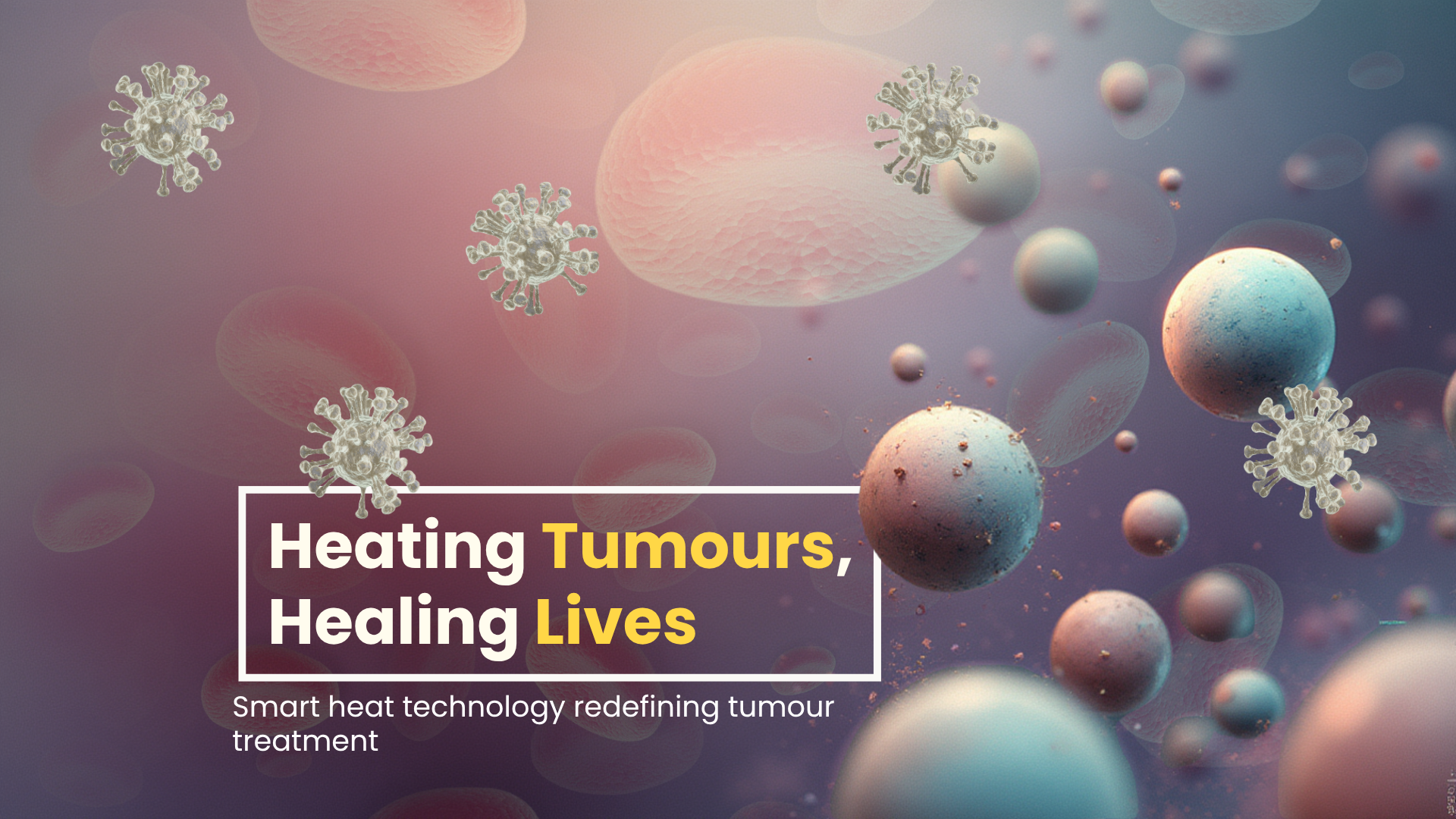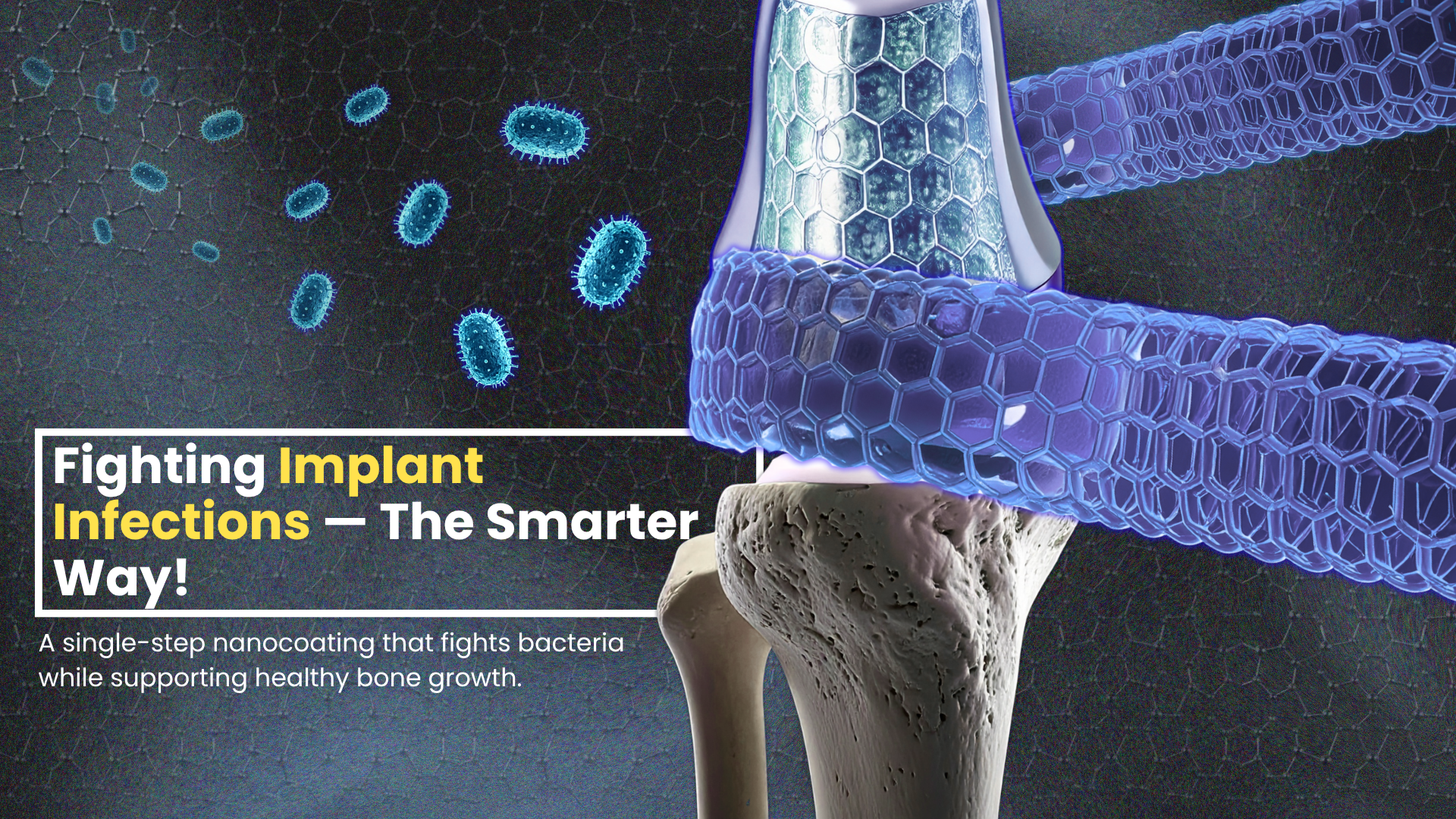
Can you believe that sewage wastewater can actually be converted to usable water if treated properly? However, the usual approach to treat wastewater relies on extensive sewer networks and requires a centralized facility.
Using a centralized facility incurs high costs, consumes a lot of energy, emits greenhouse gases, has a limited coverage, and causes residual pollution. There is therefore a need for an alternative method to treat wastewater.
There is an urgent need for a natural, environment-friendly way to treat wastewater. Natural methods like microbial bioremediation and phytoremediation fit this bill.
Bioremediation uses microorganisms to degrade or transform pollutants in water. Phytoremediation uses plants to treat the contaminants.
These methods can enhance ‘in-stream’ water quality within the drains, encourage hydrological interconnectivity among freshwater ecosystems, and promote biodiversity and ecological equilibrium.
Bioremediation employing microbial dosing, although effective, has the drawback of washout of active microbes and require a high retention time, which leads to the construction of water-retaining structures and poses the risk of upstream flooding.
The solution to this is the use of biofilm-based microbial bioremediation which offers advantages like lower retention time, higher treatment rates and stable performance. Materials suitable for biofilm support include concrete, sponge, zeolite, plastic, bamboo, and coconut fibre. Coconut coir, particularly, stands out with its high surface area, wetting ability, and durability.
In the case of phytoremediation, the application of rooted plants for in-stream treatment is not equipped to withstand flow fluctuations.
One possible solution to this problem is the use of floating treatment wetlands (FTW) which are potential alternatives that can be applied in-stream. It consists of buoyant mats with plants that float over the water and can adapt to water level changes.
But most studies done on FTW are done in batch mode as a stand-alone unit, and the performance in a hybrid setting needs further exploration.

In this study, the authors Mr. Mohammed Iqbal Thayyil and Prof. Ligy Philip from the Environmental Engineering Division, Department of Civil Engineering, Indian Institute of Technology Madras, Chennai, India, have integrated attached growth biofilm treatment and phytoremediation, targeting the removal of organic matter and ammonia nitrogen which are prevalent contaminants in municipal wastewater.
The treatment process is three-step, encompassing anoxic (deficient in oxygen) biofilm, aerobic (occurring in the presence of oxygen) biofilm, and hydroponic (the technique of growing plants using a water-based nutrient solution rather than soil) floating wetland.
The biofilms are formed by native microbial communities in wastewater, while a locally available plant species is employed in the hydroponic system.
It was found that the proposed hybrid in-stream system provides a practical and decentralized solution to mitigate untreated sewage discharge into receiving water bodies in urban and peri-urban areas (adjacent to metropolitan settlements).
Prof. Absar Ahmad Kazmi, who is Professor of Environmental Engineering from the Department of Civil Engineering, Indian Institute of Technology Roorkee, Roorkee, India, pointed out the positive aspects of the authors’ work with the following comments: “It is a promising technology that is easy to construct and maintain. There are almost no moving or mechanical parts. The electric consumption shall be minimal and can be operated by solar power without any external battery.”
He also gave the following suggestion that could be looked into for future research: “It would be better to provide pretreatment in a septic tank as our drains carry a lot of silt, and these systems will be clogged easily.”
Article by Akshay Anantharaman
Click here for the original link to the paper










